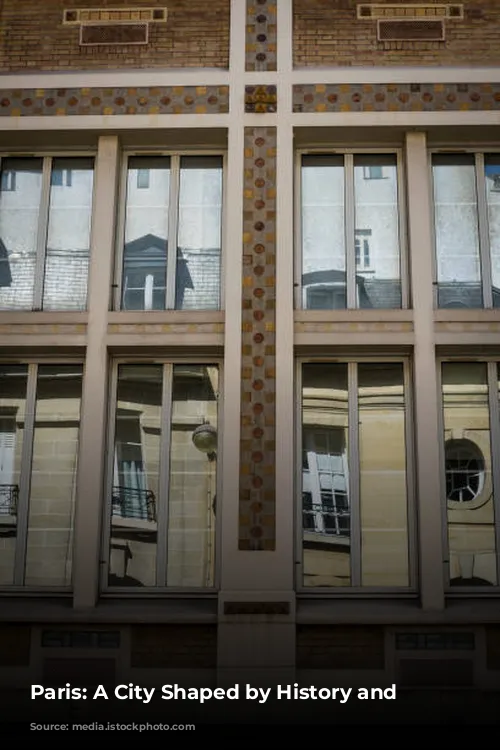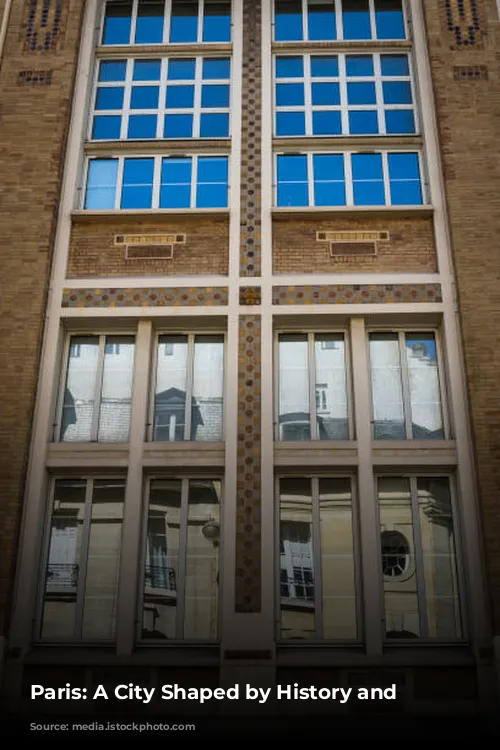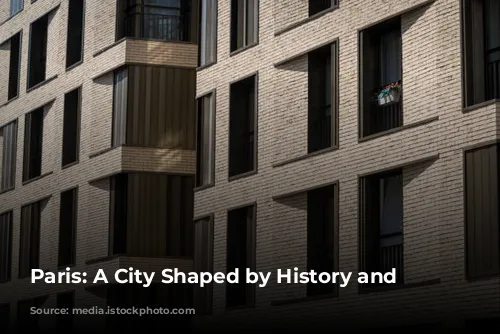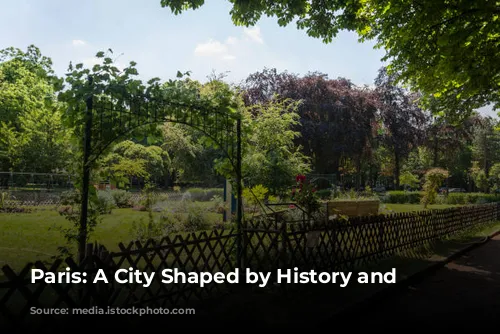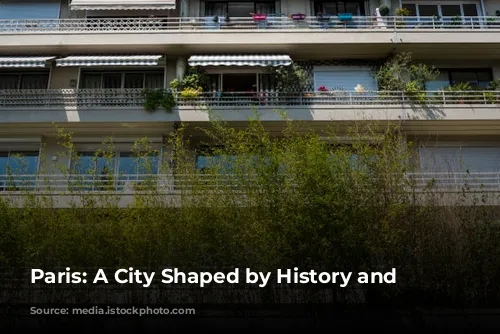Paris, a city steeped in history and vibrant culture, enjoys a temperate climate thanks to its location on the western side of Europe and the influence of the Gulf Stream. While generally mild, the weather can be unpredictable, especially during winter and spring, when sharp winds can bring a chill. The average annual temperature hovers around 12°C (54°F), with July experiencing a warm average of 19°C (66°F) and January a cooler 3°C (37°F). The city experiences freezing temperatures for about a month each year, with snowfall gracing the city on roughly half of those days. Paris has taken significant steps to improve air quality and ensure safe drinking water through water purification systems.
Walls of Paris: A City Fortified
Throughout its history, Paris has been protected by a series of defensive walls, each reflecting a different era and its challenges. After the Romans were driven out in the 3rd century CE, a defensive wall was built on the Île de la Cité, using stones salvaged from the destroyed Roman town on the Left Bank. This early wall, repeatedly rebuilt over the centuries, served as a crucial line of defense.
One of the oldest bridges, the Petit Pont, was guarded by the Petit Châtelet, a fortified gate. Across the river, the Pont au Change was protected by the Grand Châtelet, a multifunctional structure that served as a fort, prison, torture chamber, and morgue until its demolition in 1801.
A New Age: The Grands Boulevards
King Philip II, in the late 12th and early 13th centuries, constructed a new wall that protected the settlements on both sides of the river. Later, Charles V expanded the wall, adding the formidable Bastille fortress to guard the eastern approaches, while the Louvre fortress stood watch to the west.
In the 17th century, Louis XIV replaced the Charles V walls with the tree-lined Grands Boulevards, a testament to his architectural vision. The Saint-Denis Gate and the Saint-Antoine Gate, with their triumphal arches, were ornate expressions of the grandeur of the era. The word “boulevard,” originally a military engineering term, reflects the long and rich history of Paris.

The Tollhouses and the Thiers Wall
During the second half of the 18th century, a new wall with 57 tollhouses was built, allowing the farmers-general, tax collectors, to impose customs duties on goods entering Paris. These tollhouses, still standing at Place Denfert-Rochereau, offer a glimpse into the city’s economic history.
In the mid-19th century, King Louis-Philippe commissioned a defensive wall under the direction of Adolphe Thiers. This wall, with its outlying forts, formed a real military installation, effectively enclosing numerous villages around Paris.
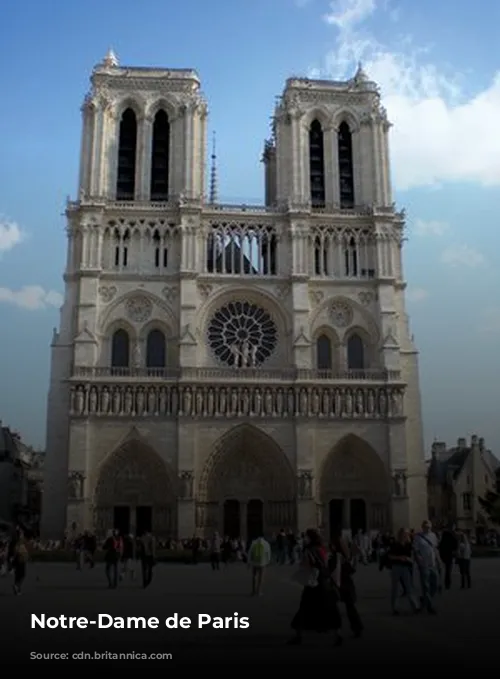
Haussmann’s Transformation: A New Paris Emerges
The Industrial Revolution and the aftermath of Napoleon III’s Second Empire saw a dramatic influx of people to Paris, fueled by economic growth and the convenience of the developing railway network. Baron Haussmann, the city planner, seized this opportunity to transform Paris. He demolished the farmers-general walls and replaced them with wide, straight boulevards, creating a new and modern city that connected its diverse neighborhoods. The 19th-century walls eventually disappeared, and the boulevards were further extended in 1925.
Paris: A City of Beauty and History
Today, Paris’s boulevards, historic buildings, monuments, gardens, squares, and bridges create a captivating cityscape that has become a symbol of beauty and elegance. Much of central Paris was designated a UNESCO World Heritage Site in 1991, recognizing its exceptional cultural value.
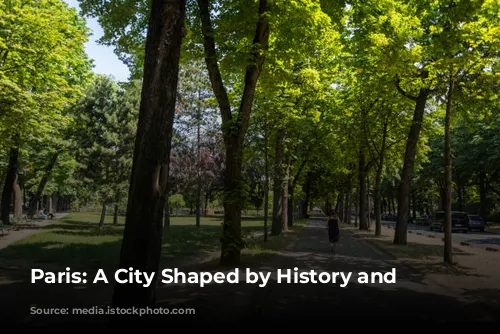
Île de la Cité: The Heart of Paris
Located in the Seine, the heart of Paris, the Île de la Cité, shaped like a ship, is a historic treasure filled with architectural marvels. The island, about 10 streets long and 5 wide, is linked to the riverbanks by eight bridges, with a ninth leading to the smaller Île Saint-Louis.
The Pont Neuf, though bearing the name “New Bridge,” is actually the oldest surviving bridge in Paris, dating back to the late 16th and early 17th centuries. Its sturdy construction has become a legend, prompting Parisians to use the phrase “solid as the Pont Neuf” to describe something exceptionally reliable.
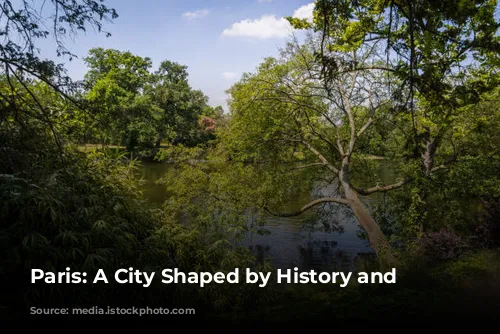
The Ile de la Cité: A Journey Through Time
The tip of the Île de la Cité is home to a charming triangular park, its paths lined with benches beneath ancient trees. A bronze statue of King Henry IV, who oversaw the completion of the Pont Neuf, stands proudly on the bridge. Opposite the statue, the narrow entrance to the Place Dauphine leads to a place once adorned with uniform red-brick houses, a reminder of the city’s rich architectural history.
The Palace of Justice, a monument to centuries of history, stands on the site of the Roman governor’s palace. King Louis IX rebuilt it in the 13th century, and it was further expanded by Philip IV, who added the imposing Conciergerie, with its Gothic chambers. The Great Hall, once the meeting place of the Parlement, was known throughout Europe for its architectural beauty. Although fires have ravaged the original structure, the hall now serves as a waiting room for the courts of law housed within the Palace of Justice.

Sainte-Chapelle: A Masterpiece of Gothic Architecture
In the palace courtyards stands the Sainte-Chapelle, a magnificent example of Gothic Rayonnant style. Built in the 13th century, its stained glass walls and slender columns create an otherworldly atmosphere. This exquisite chapel was originally designed to house the Crown of Thorns, a relic of immense significance believed to be the very one worn by Jesus during his crucifixion.
The “sanitization” project, undertaken in the 19th century, involved the removal of outdated structures, the widening of streets and squares, and the construction of grand government buildings, including portions of the Palace of Justice. On the other side of the boulevard du Palais stands the Police Prefecture, a notable 19th-century structure.
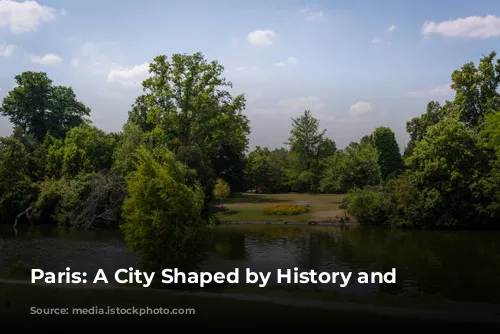
A City of Contrasts: The Heart of France
The Île de la Cité, a microcosm of Paris’s history, is a reminder of the city’s enduring spirit. The juxtaposition of ancient structures and modern buildings, the harmonious blend of history and innovation, make Paris a truly unique city. It is a city where the past whispers in every cobblestone and every corner, yet where the present vibrates with energy and creativity. Paris, a city forever in motion, continues to captivate the hearts and minds of people from all over the world.
